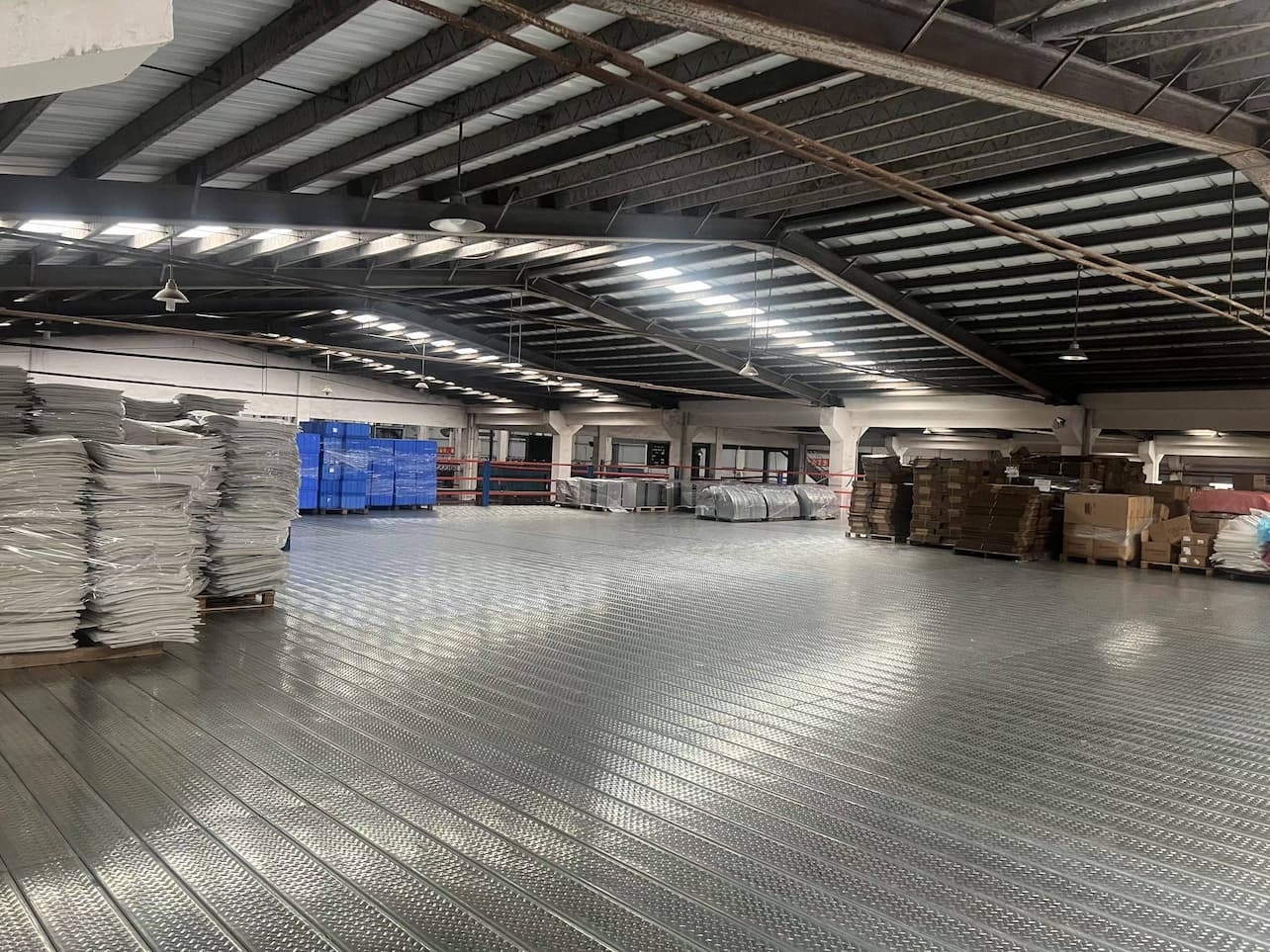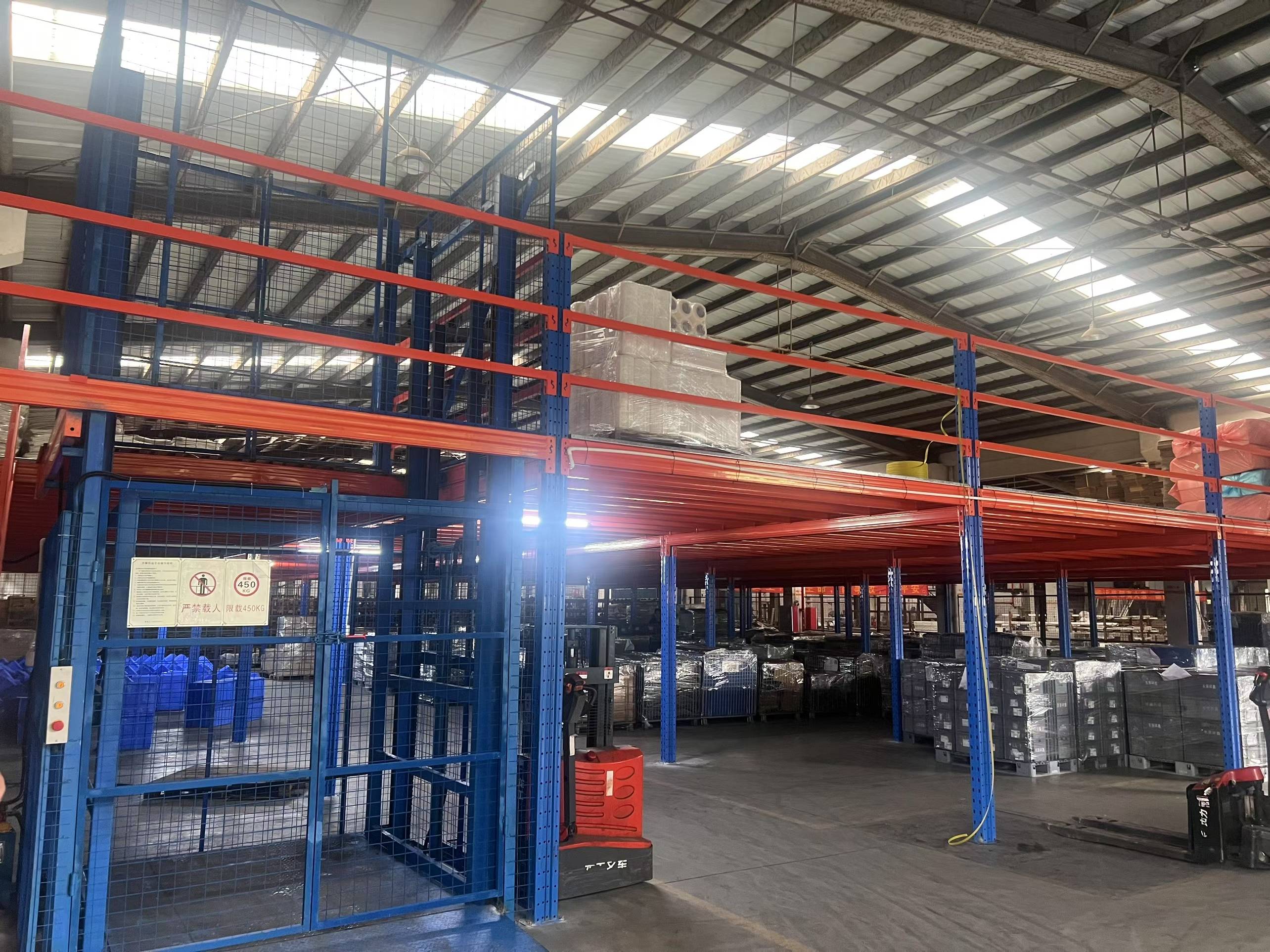Erecting pallet racking is a critical process for any warehouse or storage facility aiming to optimize space and improve inventory management. Whether you're setting up a new storage system or expanding an existing one, understanding the intricacies of erecting pallet racking can save time, reduce costs, and enhance safety. This article explores the essential aspects of erecting pallet racking, from planning and execution to common pitfalls. By the end, you'll have a solid grasp of how to approach this task effectively, ensuring a robust and reliable storage solution.

Erecting pallet racking involves the assembly and installation of structural storage systems designed to hold palletized goods. These systems are ubiquitous in warehouses, distribution centers, and industrial settings, where they facilitate efficient vertical storage. The process of erecting pallet racking is not merely about bolting pieces together; it requires careful planning, adherence to engineering specifications, and compliance with safety standards. Properly erected pallet racking maximizes storage density, supports heavy loads, and minimizes the risk of accidents. When undertaking erecting pallet racking, it's vital to consider factors like load capacity, rack configuration, and environmental conditions. A well-executed installation ensures longevity and performance, making it a cornerstone of operational efficiency.
The fundamentals of erecting pallet racking start with understanding the components: upright frames, beams, braces, and connectors. Each part must be assembled according to manufacturer guidelines, though we avoid brand names here. The process typically begins with site preparation, including floor inspection and layout marking. Erecting pallet racking correctly hinges on precision, as even minor misalignments can compromise stability. Moreover, erecting pallet racking often involves teamwork, with roles divided between handling components and securing connections. This phase sets the stage for a safe and functional storage system, emphasizing why expertise in erecting pallet racking is invaluable.
One might wonder why erecting pallet racking demands professional attention instead of a DIY approach. The answer lies in safety and efficiency. Improperly erected pallet racking can lead to catastrophic failures, such as collapses, which endanger workers and damage inventory. Professional installers bring experience in erecting pallet racking, ensuring that structures meet load ratings and seismic requirements if applicable. They also navigate complexities like uneven floors or obstructions, which amateurs might overlook. When erecting pallet racking, professionals use specialized tools and techniques to verify alignment and torque, reducing the likelihood of future issues.
Beyond safety, erecting pallet racking with professional oversight optimizes space utilization. Experts can recommend configurations that enhance accessibility and workflow, such as selective or drive-in racking layouts. This proactive approach during erecting pallet racking minimizes wasted space and adapts to future needs. Additionally, professional installation often includes post-erection inspections, providing peace of mind. In summary, investing in skilled labor for erecting pallet racking pays dividends in risk reduction and operational performance, making it a wise choice for businesses of all sizes.

A systematic approach is crucial for successfully erecting pallet racking. This process can be broken down into several key stages, each requiring attention to detail. First, pre-installation planning involves reviewing design drawings and conducting a site assessment. This step ensures that the area is ready for erecting pallet racking, with clearances for equipment like forklifts. Next, component inventory checks that all parts are present and undamaged before starting assembly.
The actual erecting pallet racking begins with assembling upright frames. These vertical structures form the backbone of the system and must be plumb and square. Beams are then attached at designated levels, with locking mechanisms secured to prevent dislodgement. During erecting pallet racking, it's common to work bay by bay, gradually building out the structure. Throughout, installers use levels and measuring tools to maintain accuracy. Finally, safety accessories like guardrails or column protectors are added. This methodical process for erecting pallet racking emphasizes quality control at each stage, ensuring a sturdy outcome.
Safety Measures During Installation
Safety is paramount when erecting pallet racking, as the process involves heavy components and elevated work. Key precautions start with personal protective equipment (PPE), including hard hats, gloves, and steel-toed boots. Before erecting pallet racking, the work zone should be cordoned off to prevent unauthorized access. Installers must also be trained in proper lifting techniques to avoid injuries. During erecting pallet racking, temporary bracing may be used to stabilize sections until fully secured.
Another critical aspect of erecting pallet racking safely is adhering to load limits. Overloading during installation can cause immediate failure, so it's essential to follow engineering specifications. Regular breaks and team communication reduce fatigue-related errors. Post-installation, a thorough inspection checks for loose connections or misalignments. By integrating these safety measures into erecting pallet racking, businesses foster a culture of precaution that extends beyond the installation phase.
Tools and Equipment Required
Having the right tools is essential for efficiently erecting pallet racking. Basic hand tools include wrenches, sockets, and hammers for tightening bolts and adjusting components. Torque wrenches are particularly important for erecting pallet racking, as they ensure connectors are tightened to specified values, preventing loosening under load. For larger projects, equipment like scissor lifts or forklifts may be needed to handle heavy uprights and beams.
Measuring tools, such as laser levels and tape measures, play a vital role in erecting pallet racking by verifying alignment and spacing. Additionally, safety gear like harnesses and ladders might be required for working at height. When erecting pallet racking, it's advisable to have a tool checklist to avoid delays. Using quality tools not only speeds up the process but also enhances accuracy, contributing to a successful installation.
Erecting pallet racking often presents challenges that can derail projects if not addressed. One common issue is site obstructions, such as pipes or uneven floors, which hinder proper alignment. To overcome this, conduct a detailed site survey before erecting pallet racking and use shims or adjustable bases to compensate for irregularities. Another challenge is component damage during shipping; inspect all parts upon delivery and request replacements promptly.
Human error, like incorrect assembly, is another pitfall in erecting pallet racking. This can be mitigated through training and following assembly instructions meticulously. Time constraints may lead to rushing, but it's crucial to maintain a steady pace to ensure quality. When erecting pallet racking, anticipate these challenges by having a contingency plan and involving experienced personnel. By proactively addressing obstacles, the process of erecting pallet racking becomes smoother and more reliable.
Frequently Asked Questions About Erecting Pallet Racking
Many questions arise when planning erecting pallet racking. Here are some common ones:
How long does erecting pallet racking typically take? The duration depends on the system size and complexity, but a small to medium project might take a few days, while larger installations could span weeks. Proper planning accelerates erecting pallet racking.
Can existing racking be modified during erecting pallet racking? Yes, but modifications require careful assessment to avoid compromising integrity. It's best to consult guidelines when erecting pallet racking in expansions.
What are the signs of improper erecting pallet racking? Visible misalignments, loose bolts, or swaying indicate issues. Regular inspections post-erecting pallet racking are recommended.
Is permits required for erecting pallet racking? In some regions, yes, especially for high structures. Check local regulations before erecting pallet racking.
How does erecting pallet racking impact insurance? Proper installation may lower premiums by reducing risk, so document the process.
Erecting pallet racking is a multifaceted endeavor that demands expertise, careful planning, and a focus on safety. By understanding the process, importance, and common challenges, businesses can achieve durable and efficient storage solutions. Whether you're a warehouse manager or a logistics professional, mastering the nuances of erecting pallet racking contributes to operational excellence. Remember, a well-executed installation not only supports your inventory but also safeguards your workforce. As you embark on erecting pallet racking, prioritize quality and safety to reap long-term benefits.
In summary, erecting pallet racking is more than just assembly—it's an investment in your facility's future. With the insights provided, you're better equipped to navigate this critical task. If you have more questions about erecting pallet racking, consider consulting with industry experts to ensure success.
 Wechat
Wechat
 Whatsapp
Whatsapp